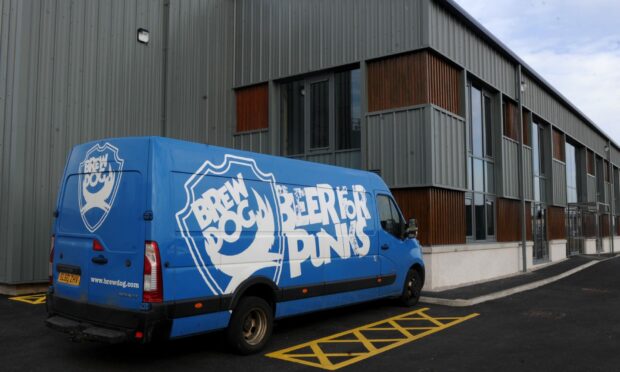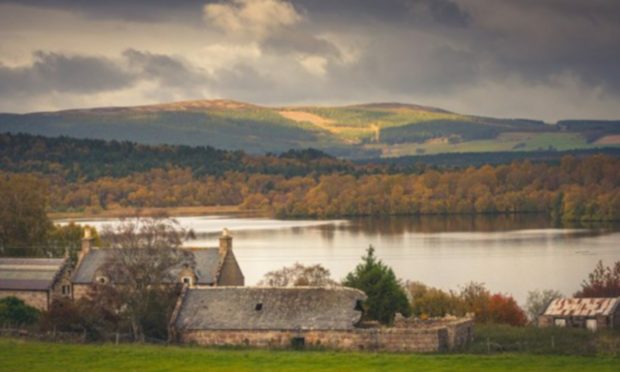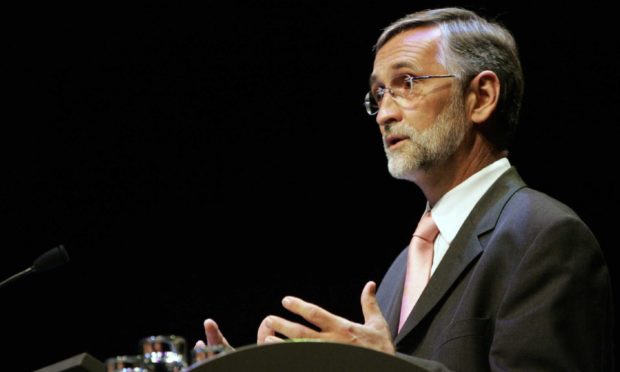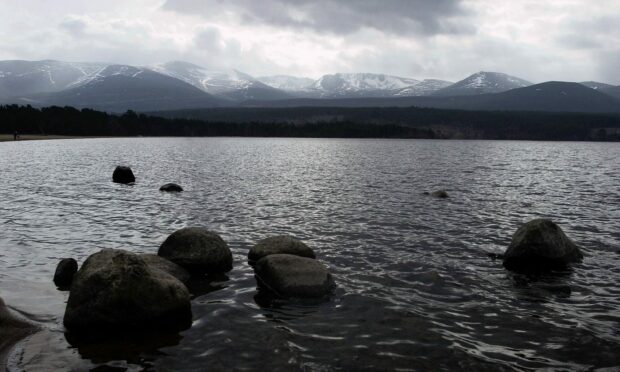A multimillion-pound deal for swathes of land in the Cairngorm National Park has sparked fresh concerns that private investors are rapidly moving to “cash in on the climate emergency” at the expense of local communities.
The fears were raised after Standard Life Investments Property Income Trust (SLIPIT) announced last week it had acquired 1,447 hectares of upland rough grazing and open moorland in the national park, to be “used as part of the company’s carbon strategy”.
It follows plans from craft beer giant Brewdog to create a “lost forest” at the 9,300-acre Kinrara Estate in the Cairngorms to offset carbon produced at its brewery.
Soaring interest from the private sector has led to growing pressure on Scottish ministers to step in and regulate the market.

Campaigners fear the rise of so-called “green lairds” will usher in another era of land “exploitation” in Scotland, as businesses buy-up estates for carbon offsetting and to take advantage of government grants and tax breaks, pushing up prices in the process.
‘Green lairds’
In the latest £7.5 million acquisition, SLIPIT said its new site supports 956 hectares for planting with natural broadleaf trees – about 1.5 million trees in total.
The company added: “It is anticipated that the costs of planting will be met through grant funding.”
Peter Peacock, a land reform campaigner who served as education minister in the Cabinet of Jack McConnell’s Labour government, has been a leading voice urging action to ensure communities are not left behind as interest in the land market intensifies.
He said: “I warned a few months ago that we could expect to see a new trend in land purchases by private interests seeking to cash in on the climate emergency, and this appears as more evidence of it.
‘Bold measures’
“Wealthy institutions can afford to spend millions buying up bits of Scotland and are then expecting the taxpayer to pay for the planting of the trees they plan, all enhancing their existing wealth.
“Scotland urgently needs to find the bold measures that would allow local communities to own the means to tackle the climate emergency and build and retain wealth locally.
“Our unregulated land market will increasingly help build greater private wealth for the already wealthy unless there is urgent reform.”
Our unregulated land market will increasingly help build greater private wealth for the already wealthy unless there is urgent reform.”
Ailsa Raeburn, chairwoman of Community Land Scotland, which represents community landowners who manage 560,000 acres across the nation, also called for greater regulation.
She said: “This is the perfect example of a global corporate investor seeing Scotland’s land purely in terms of the financial returns it can provide to its global shareholders.
“It’s hard to see how an organisation like this can understand the need for local affordable housing, a just transition ensuring local communities can build local community wealth, the biodversity crisis in Scotland and building sustainable communities.
“It’s time for regulation in Scotland’s land market to require ownership and use to deliver in the broader public interest.
“Investments such as these by disconnected absentee investors serve only to further increase land values and place even more of Scotland’s land out of the reach of local people and communities.”
The Scottish Land Commission has previously said it was working to ensure communities are protected and can benefit from the new trend in green finance in the land market.
‘Ecological restoration plan’
Jason Baggaley, SLIPIT fund manager and deputy head of real estate value add funds at abrdn, said: “The acquisition of the land within the Cairngorms National Park is part of an ecological restoration plan that goes beyond carbon sequestration.
“The aim is to restore woodland and peatland over the 1,440 hectares, planting over 1.5 million trees.
“The woodland creation element of the project will improve amenity, enhance biodiversity, mitigate flooding and improve air quality, while restoring the drained peatlands.
“The transition will stimulate the local economy with between 50 and 100 people working on the project over the next six years to create a woodland that can be enjoyed by all.
“The existing use has no agriculture and very limited sporting value.
“By working collaboratively with the local community and interested parties, businesses can help drive sustainable change that can be enjoyed by future generations.
“We will be undertaking local community engagement later in the year.”
‘Package of work to address concerns’
A Scottish Government spokesman said: “We are committed to ongoing land reform in a way that supports a just transition. We want to make sure that, as we reduce our emissions and respond to a changing climate, that journey is fair and creates a better future for everyone.
“The Scottish Land Commission recently hosted a discussion with key stakeholders on how to address risks, issues and opportunities associated with green finance and the land market.
“They will be taking forward a package of work to address concerns, including developing guidance.”


